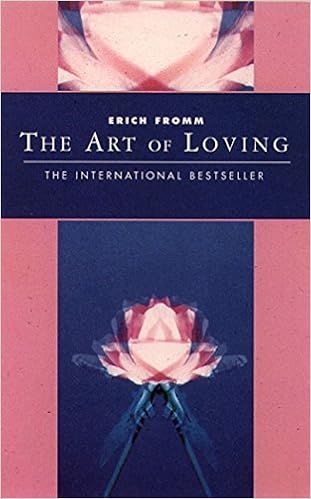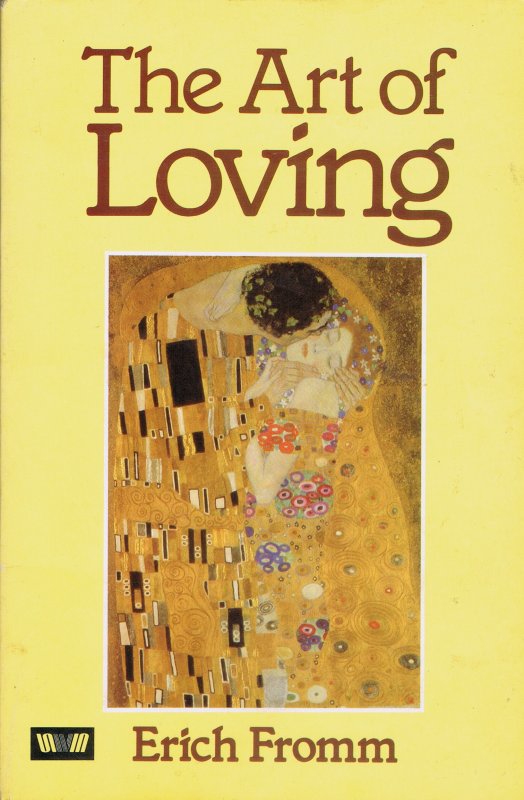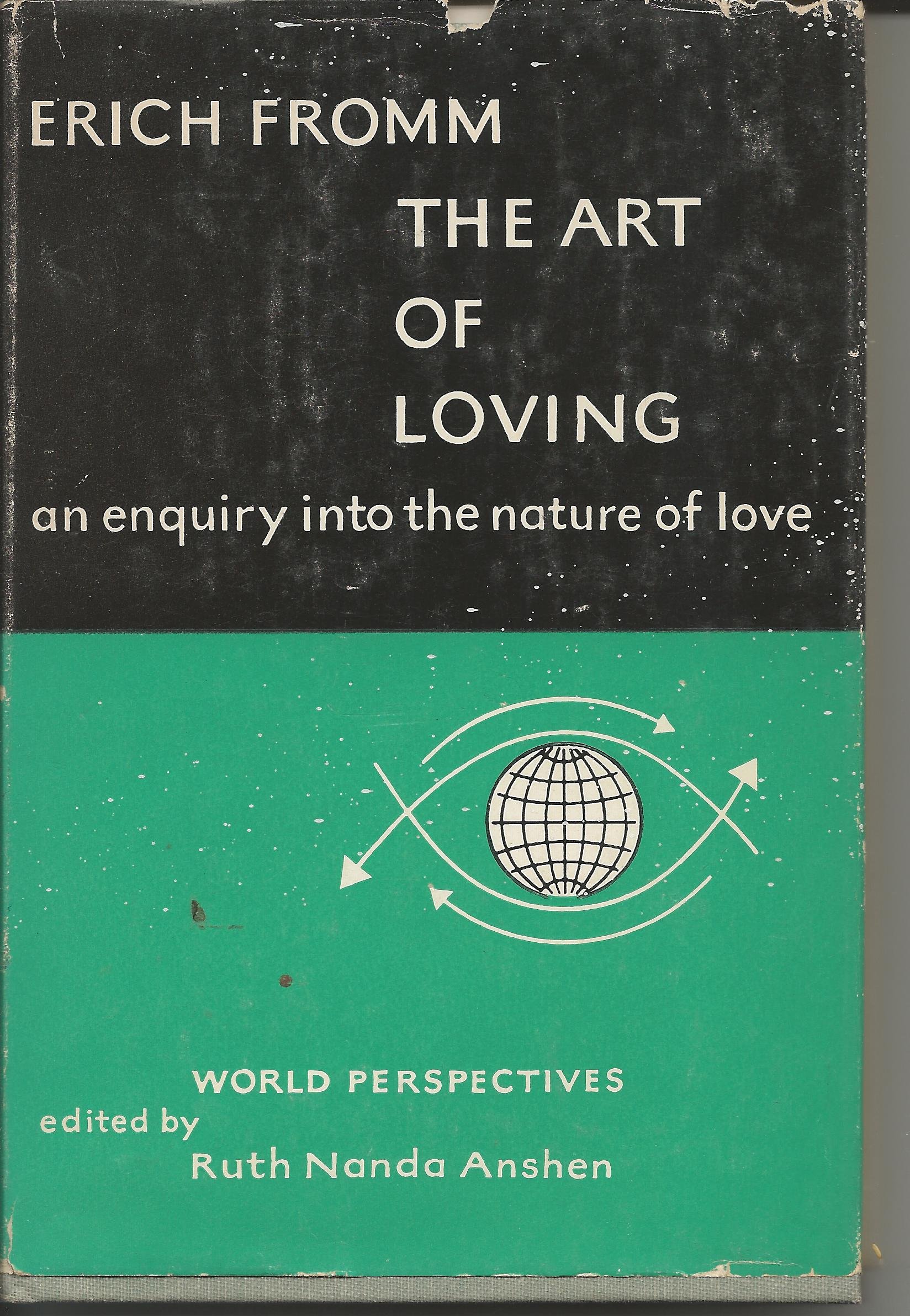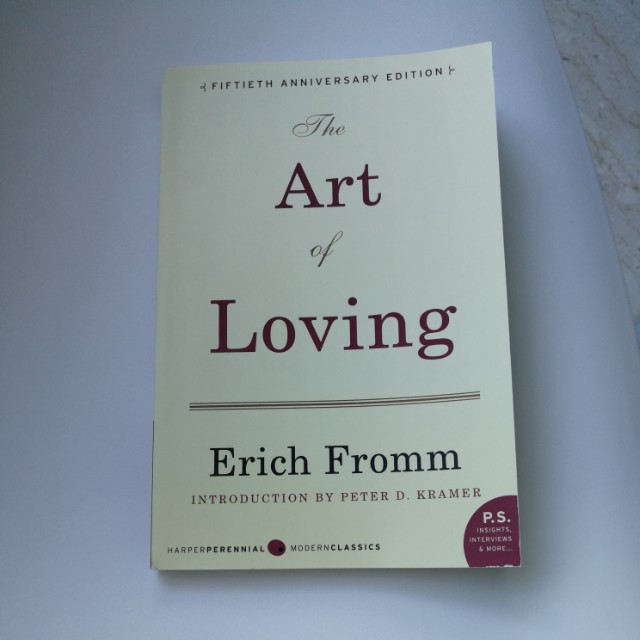The Art Of Loving Book

An illustration of an open book.
The art of loving book. Free download or read online the art of loving pdf epub book. The main characters of this psychology non fiction story are. An illustration of two photographs. An illustration of two cells of a film strip.
The first edition of the novel was published in 1956 and was written by erich fromm. It presents many ideas beyond the previously expressed ones and quite naturally even older ones sometimes gain new perspectives by the fact that they are all centered around one topic that of the art of loving. In this work fromm develops his perspective on human nature from his earlier works escape from freedom and man for himself principles which he revisits in many of his other major works. An illustration of an audio speaker.
In the decades since the book s release its words and lessons continue to resonate. It is actually a continuation of another book the fear of freedom. In his classic work the art of loving renowned psychoanalyst and social philosopher erich fromm explores love in all its aspects not only romantic love steeped in false conceptions and lofty expectations but also brotherly love erotic love self love the love of god and the love of parents for their children. The art of loving is a 1956 book by psychoanalyst and social philosopher erich fromm which was published as part of the world perspectives series edited by ruth nanda anshen.
The book was published in multiple languages including english consists of 192 pages and is available in paperback format. The art of loving is not an individual book within the enormous intellectual legacy that erich fromm left us. The art of loving erich fromm the art of loving is a 1956 book by psychoanalyst and social philosopher erich fromm which was published as part of the world perspectives series edited by ruth nanda anshen. However the art of loving is by no means mainly a recapitulation.
In this work fromm develops his perspective on human nature from his earlier work escape from freedom and man for himself principles which he revisits in many of his other major works.


















